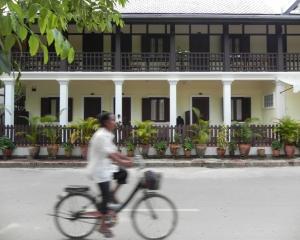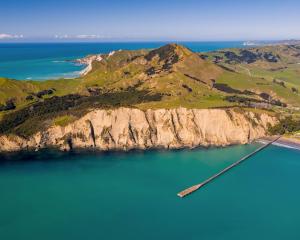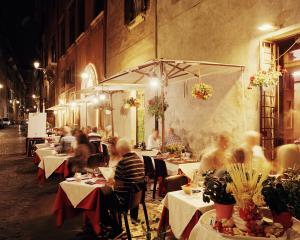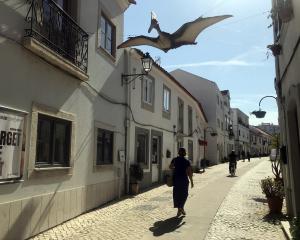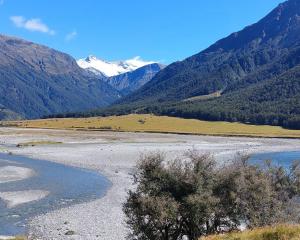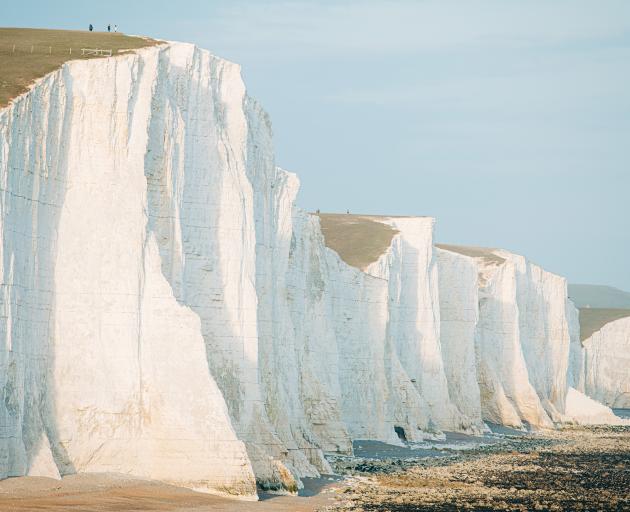
Rows of vines line hillsides as far as the eye can see. And, in the shade of a grape-laden plant, a weary tourist, exhausted by a morning of gallery visits, can try a local cheese amid a landscape that has inspired a slew of renowned artists. After, of course, popping open a bottle of vintage wine, sourced from close by.
These sultry days it really is that easy to set up a quick parallel between the traveller’s experience of rural southern France and the English wine-growing slopes of Sussex. Especially when a blue sea glints in the distance over chalky downs. Spread two counties-wide across the bottom of England, the region is now home to 138 vineyards.
East and West Sussex both already feature on the arts map, with this year’s Turner Prize exhibition soon to show at Towner Eastbourne. But now the area is making a concerted effort to represent itself as a haven of relaxed indulgence by bringing viticulture and culture together in the minds of tourists.
A promotional push known as Sussex Modern is working beyond normal local authority boundaries to link the region’s creative beacons with a bunch of top vineyards. The strategy, "Art Landscape Wine", aims to change perceptions about an area often dismissed as full of sleepy villages populated by well-heeled London commuters and seaside retirees. Last month, in the Houses of Parliament, Sussex Wine tourism launched a plan for growth, setting out its aim to go from a value of £25 million ($NZ51.4m) to £283m by 2040.
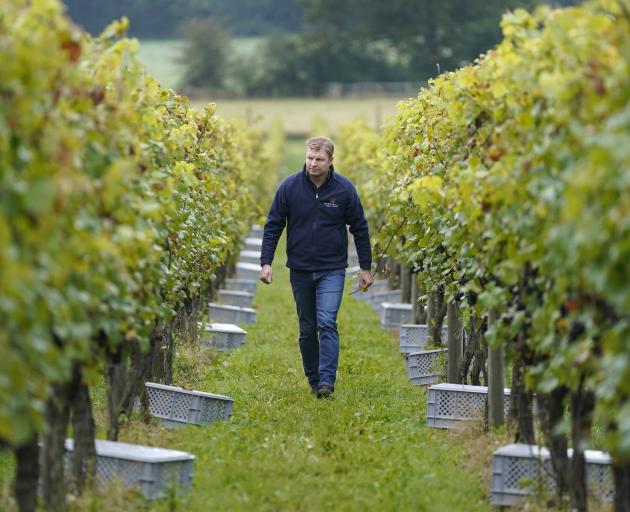
"We are 20 miles (32km) from the coast and in this beautiful county we have got this extraordinary concentration of attractions: a combination of landscape and wine and art and heritage. We just need to give visitors the chance to linger."
Lurking behind the drive to re-brand Sussex are two less comfortable facts. First, the grim truth of the climate crisis is responsible for the recent cachet of the wines from the region. And, secondly, the new "call out" to tourists to stop en route to the beach is partly a response to a need to boost local economies. The background poverty of Sussex, not always evident in the smart high streets and organic food markets, is a key factor and the hoped-for boost to tourism could generate thousands of jobs.
The wine boom on the southern downs has its foundation in the layer of flint over chalk in the land, which drains the soil while trapping moisture below. And just one more centigrade increase in average temperatures, likely to come soon, will allow the production of a better quality of still wines, including reds, in addition to the fizzy whites and rosés that are the stars of the rival labels of the region. Among these sparkling vineyards are Tinwood near Chichester, which was founded on a former iceberg lettuce farm, and the nearby Ashling Park. Both establishments have tasting rooms, restaurants and accommodation on site and are within a short distance of the coastal cathedral city that is home to the acclaimed Chichester Festival Theatre and award-winning Pallant House Gallery.
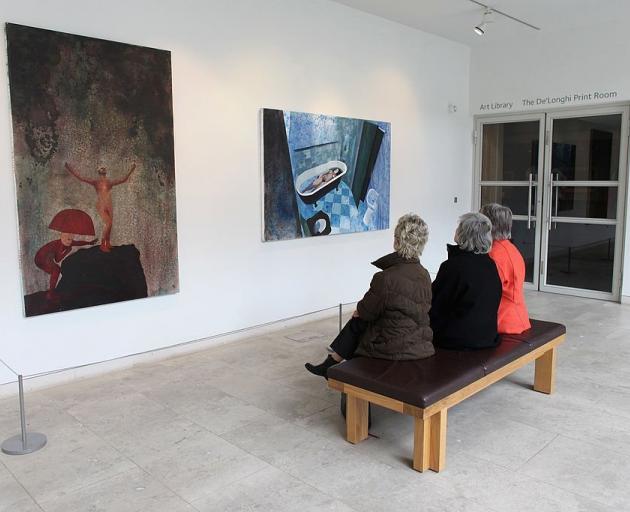
To the north hides a lesser-known cultural gem. The West Dean College of Arts and Conservation is quietly meeting another aim of Sussex Modern, ensuring the area as a place where art and craft is not just appreciated, but made and studied. An institute set up in 1964 in the grand former estate of the surrealist poet and art patron Edward James, it is stacked with odd goodies, including one of Salvador Dali’s rare original lobster telephones, and it offers more than 800 courses, constituting a practical alternative to the academic dominance of Sussex University over on the east.
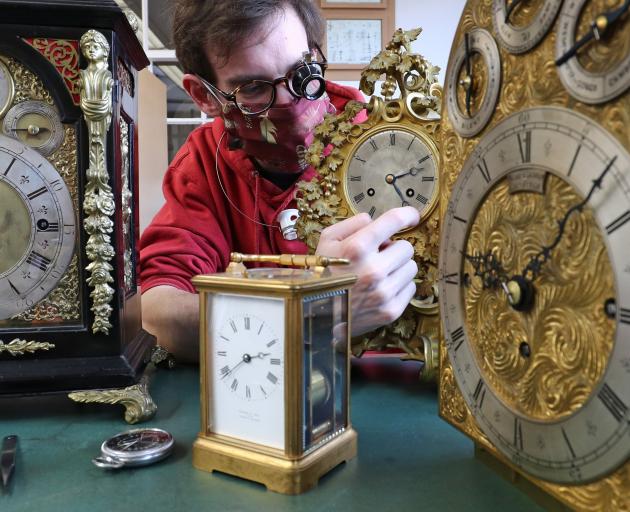
"From a £15,000 Arts Council England grant in 2016, we have since secured nearly £1m for the visitor economy of the area," Hepburn explains. And there are thriving local vineyards near Charleston, too. At Petworth, the Wiston estate, developed by a South African missing her homeland, is punching above its weight in the wine market, while the celebrated Rathfinny winery is near Alfriston.
"The collaboration of Sussex Modern is vital, because it helps us work together, encompassing both East and West Sussex and broadening the scope of what we offer," said Jones, whose Newlands House Gallery displays a popular Eve Arnold retrospective and regularly teams up with neighbouring Wiston for events.
Turn towards the Seven Sisters cliffs above Eastbourne and from September 28 you can find the new Turner Prize candidates on show at the Towner. This year’s winner will be announced at a ceremony in the town’s Winter Gardens in December.
Sussex is still a hideaway for the discreet rich; where multimillionaires such as Paul McCartney and Michael Caine chose to set up house. But the needs of the local people would be better served, argued Jones, if the area opened up about its charms — and its upstart wines.
As summer warmth takes the grapes into the period known as veraison, when the red varieties change to red and purple, and white become gold, the region is also coming into proper focus.
— The Guardian News & Media

